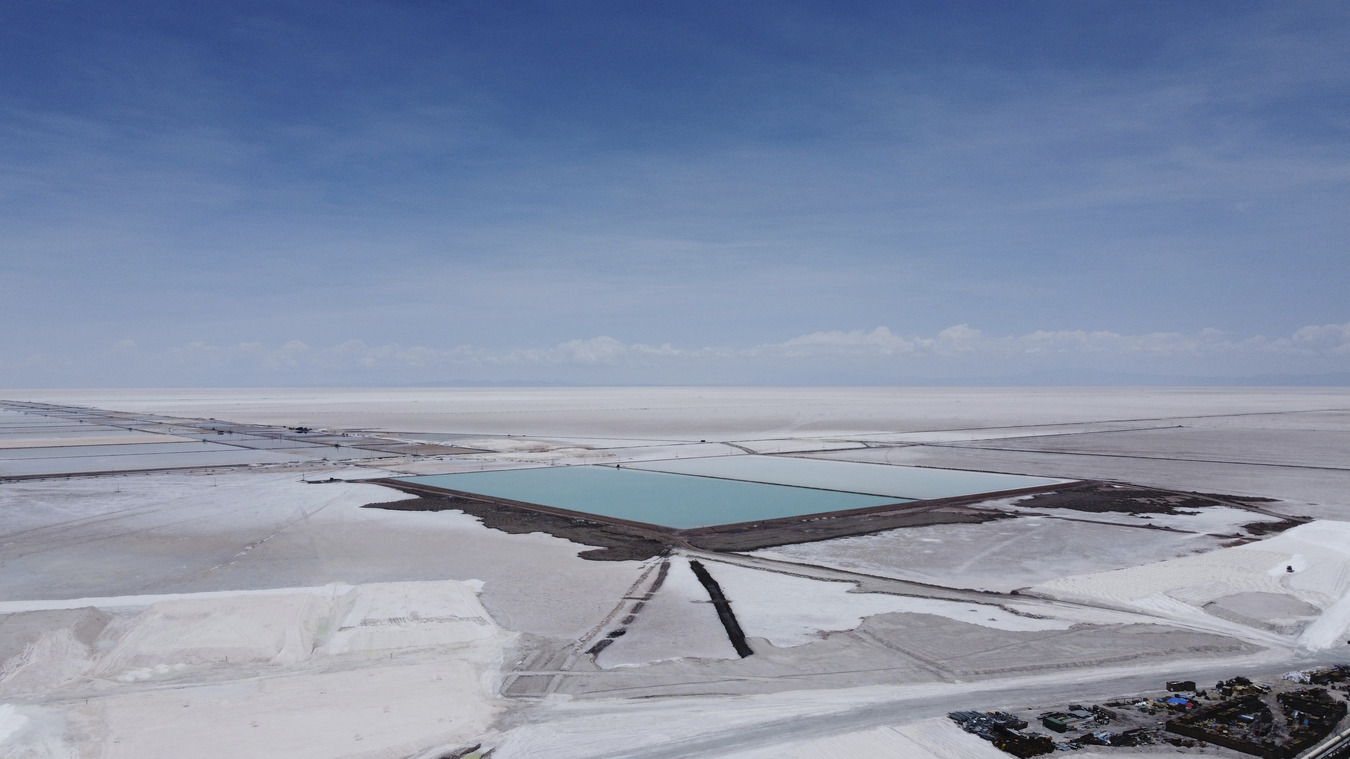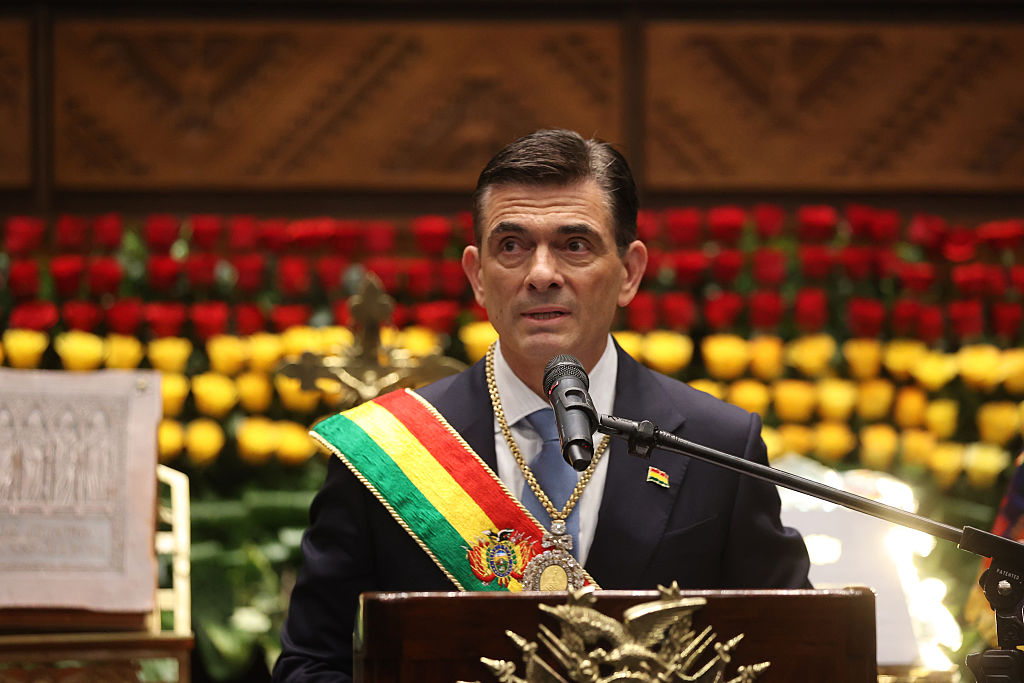Bolivia: La Inversión para la Construcción del Vivir Bien
Bolivia: La Inversión para la Construcción del Vivir Bien
Providing a forum to connect government officials and private sector leaders, AS/COA held our first Latin American Cities Conference in La Paz, Bolivia. The conference examined the country’s investment climate and discussed the importance of investment for Bolivia’s development and sustained economic growth.
Introduction
The La Paz Conference featured several keynote speakers along with three panels. Keynote speakers included:
- Álvaro García Linera, Vice President of Bolivia
- David Choquehuanca Céspedes, Minister of Foreign Affairs and Worship
- Carlos Villegas, Minister of Hydrocarbons
- Luis Alberto Arce Catacora, Minister of Finance
- Walter Delgadillo, Minister of Labor
- José Carrera, Director, Corporación Andina de Fomento (CAF), Bolivia
Conference panelists included:
- Lisa Schineller, Director, Sovereign Ratings Department,Standard & Poor’s
- Nelson Cuentas, General Manager, Microsoft Bolivia
- Eduardo Nanni, General Manager, Cargill Bolivia S.A.
- Javier Hurtado, President, Irupana
- Ricardo Srebernic, President, Empresa Petrolera Chaco S.A.
- Carlos Ormachea, Vice President, Energy Division, Tecpetrol
The La Paz City Conference is part of the AS/COA’s signature 2007 Latin American Cities Conferences. This summary provides an overview of the main themes addressed during the conference.
The Latin American Cities Conference was created by AS/COA to unite high-ranking government officials, prominent business leaders, policymakers, academics, and other noteworthy guests to discuss economic analysis and projections, political trends, opportunities for growth and investment, regional integration, energy, and other relevant issues for the region. This year, the Cities Conferences expanded to include Bolivia, where AS/COA offered the government and the private sector common ground for dialogue.
The La Paz City Conference focused on Bolivia’s macroeconomic situation, hydrocarbon and energy policy and the investment outlook. In bringing together key government ministers and private sector analysts, AS/COA created a space for discussion between the government and the private sector. Speakers analyzed the country’s economic situation and government plans for foreign and domestic investment.
Bolivian Vice President Alvaro García Linera identified foreign direct investment (FDI) as a central component of Bolivia’s economic growth. In his keynote speech, García said, “The Bolivian government needs and recognizes the importance of foreign direct investment to complement Bolivia’s economic development in different sectors of the economy.”
David Choquehuanca, the foreign minister, joined the vice president in emphasizing the need for foreign and domestic investment. In response to critics’ assertions that the government had failed to ensure a stable environment for investments, both officials pledged that the Bolivian government would do as much as possible to provide clear contract terms and a stable atmosphere for business development.
Macroeconomic Situation
Hydrocarbons and Energy Policy
The hydrocarbons sector, the main pillar of the Bolivian economy, is the biggest contributor to GDP and the country’s main export. With over 48 trillion cubic feet of natural gas reserves, Bolivia stands out as one of the primary gas suppliers on the continent.
Bolivia’s enormous potential as an energy exporter and regional provider was recognized by all conference speakers. Natural gas is an increasingly essential source of energy. The use of natural gas to generate electricity in the region increased from 22 percent in 1971 to 38 percent in 2006. Given new energy dynamics, Bolivia has a central role to play in energy integration projects.
Speakers agreed the state should be more active in promoting investment in exploration and production, consolidating rules and clarifying terms for contracts, and approving new development projects with greater efficiency. According to Carlos Ormachea, if Bolivia wants to keep its energy commitments to Brazil and Argentina, it must attract more investment—approximately $5 billion will be required between now and 2013.
In reference to hydrocarbon company nationalizations, Ricardo Srebernic noted that his company accepted the new terms of the contracts. Empresa Petrolera Chaco S.A. wants to work together with the government and state-owned Yacimientos Petroliferos Fiscales Bolivianos. “We want to be reliable partners, capable of producing the results that Bolivia and our company need,” he said.








